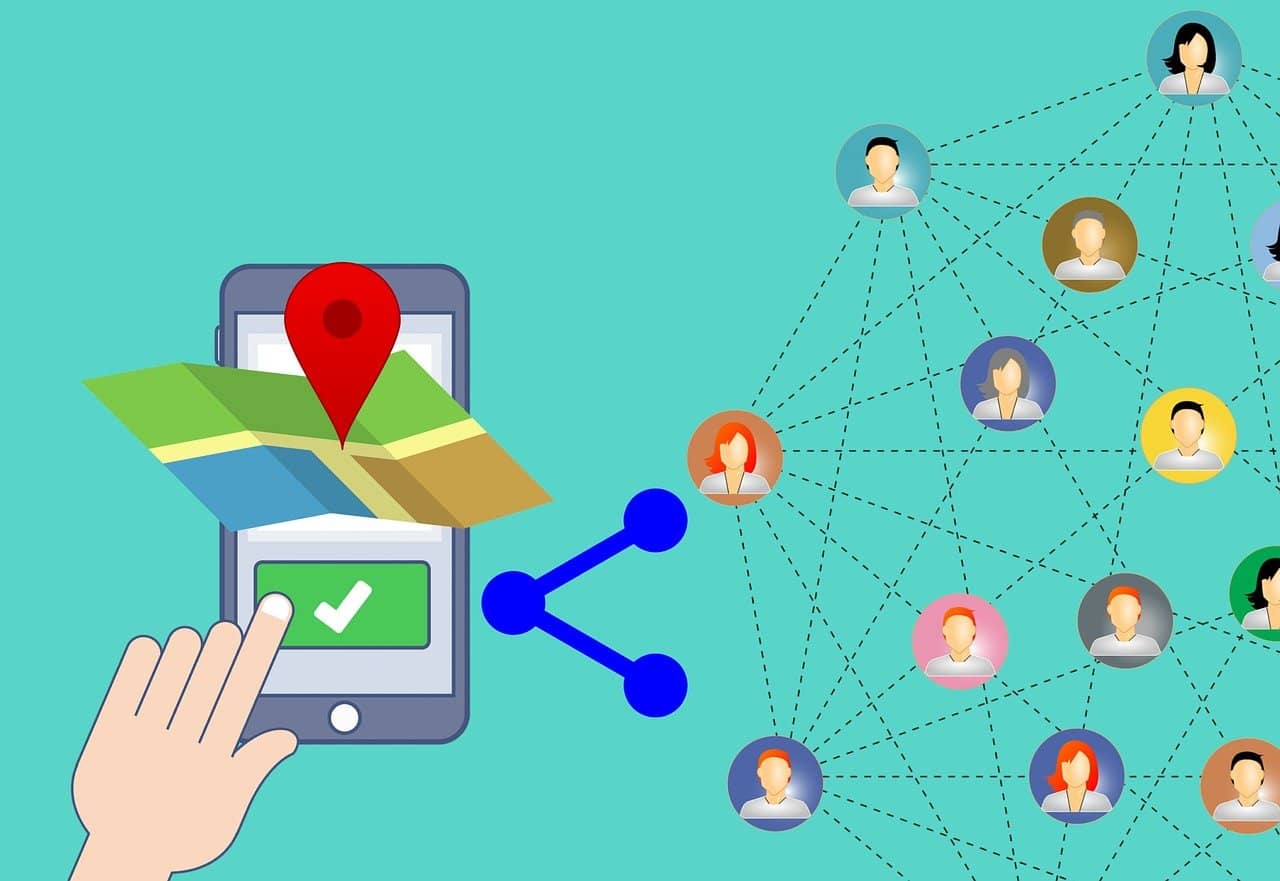What is P2P technology, and why is it essential for blockchain? Peer-to-peer (P2P) networking is a technology that facilitates the creation of decentralized systems that allow users to share resources without needing a centralized server. Instead of relying on a third party, users connect directly to each other to exchange information, files, and resources. In this way, you can share data in a free and uncensored way, which helps the freedom and neutrality of the network. The P2P network was born after the creation of personal computers.
What is Peer-to-peer (P2P) technology?
The development of P2P technology began in 1979 with systems such as USENET. One of the first distributed messaging systems was created at the dawn of the computer era. Thanks to its simplicity and resilience, USENET is still in operation today. At least 250 TB of data is mobilized per month, thanks to spaces such as Astraweb.
In 2000, coinciding with the dot-com boom, P2P technology underwent a vast transformation, becoming the heart of applications such as Napster, BitTorrent, and Bitcoin. This evolution has turned P2P technology into a messenger of freedom for Blockchain and the Internet.
In today’s digital age, peer-to-peer technology has proven to be a powerful tool for unlocking freedom and connectivity regardless of geographic and financial barriers. Advances in Internet connectivity and the advent of blockchain have further driven the adoption of P2P technology, opening up a world of possibilities for individuals, businesses, and organizations.
Today, no one can question that the internet and blockchain have changed how we interact, do business, and transact. While the internet has helped us erase borders and put the world within everyone’s reach, blockchain allows us to mobilize value in that internet-connected world. These two technological advances created an environment where we always connect and mobilize value. None of this would have been possible without the development of P2P technology and the digital freedom it offers.
P2P and digital and financial freedom
One of the most significant advantages of P2P is its ability to promote freedom of expression and online privacy. Users can share content and value anonymously and without restriction by eliminating the need for intermediaries. This is especially important in countries where censorship, online surveillance, and financial constraints exist. P2P allows users to bypass government censorship and access information otherwise blocked. It makes it easy to carry value without governments being able to do anything to stop it. In addition, by relying on something other than centralized servers, P2P makes mass surveillance and data collection by third parties difficult.
Another advantage of P2P is its ability to foster collaboration and creativity. Access to specific resources and content was once restricted to those who could afford to pay for them, before the advent of P2P. It has democratized access to information, allowing anyone to share and access a wide range of resources. Information democratization has led to an explosion of creativity and collaboration, as users can instantly share and enhance each other’s work.
However, P2P also presents challenges and concerns. The decentralized nature of P2P means that it is difficult to regulate and control the sharing of copyrighted content, leading to legal disputes and a debate about digital piracy. While it is true that P2P has facilitated the illegal distribution of copyrighted content, people also used it as a legitimate tool for sharing free and public-domain content. It is, therefore, essential to strike the right balance between protecting copyright and promoting freedom of access to information.
Ensuring digital freedom
The future of online freedom links intrinsically to the development and adoption of P2P. As technology evolves, protecting users’ rights and privacy online is essential. P2P solutions must address the legal and technological challenges associated with the technology while promoting collaboration and creativity. In addition, there is a need to educate users on the responsible use of P2P and foster awareness of online rights and responsibilities.
In the digital age, freedom has become an increasingly relevant commodity, and P2P technology is a tool to unlock freedom of access to information, freedom of movement, and financial freedom. Thus, P2P technology allows people to connect and share resources without intermediaries, opening financial freedom and independence.
In this way, P2P technology enables freedom by eliminating the need for intermediaries in exchanging information, resources, and services, meaning that users can interact directly with each other, promoting transparency and equal access. At the same time, P2P technology can also help financial freedom by allowing users to share resources without the need for costly intermediaries.

